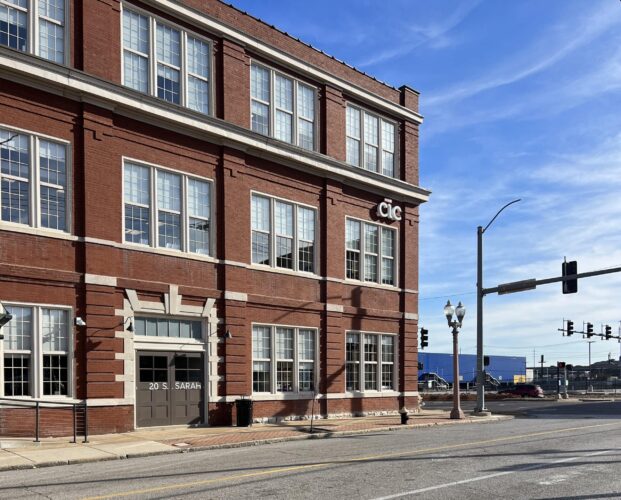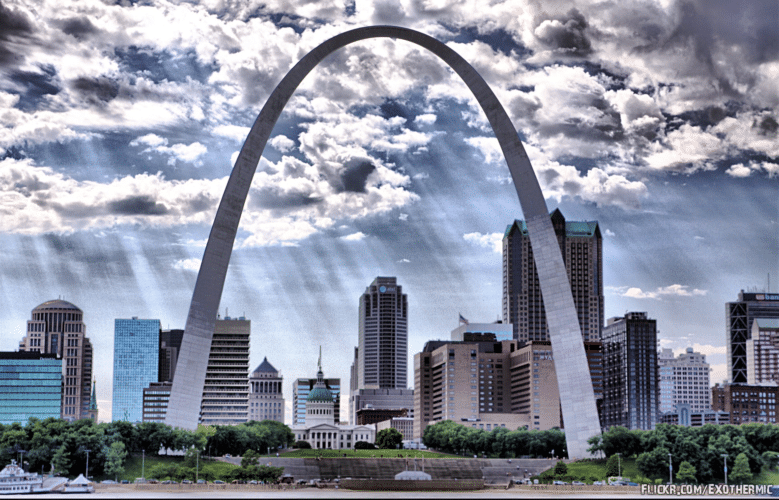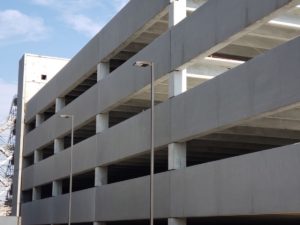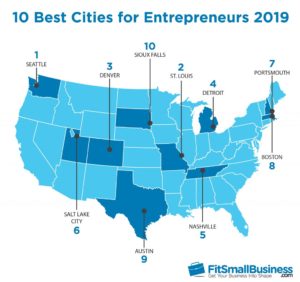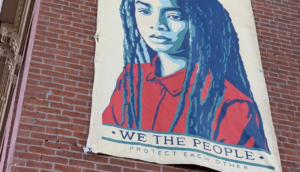On The Economist: “Millennials Really Like St. Louis”
In “Millennials Really Like St. Louis,” The Economist explores St. Louis’s complicated racial/socio-economical history, how it relates to the troubles the city faces today and how those difficulties can ultimately give way to opportunities for millennials, their entrepreneurial efforts and beyond.
The author describes Delmar Boulevard as “the city’s unofficial demarcation line” that separates the north part of the city, which is 99% black, from the wealthier, better-educated southern half.” He uses this as a springboard to examine St. Louis’ history: highly populated, severely segregated, and profoundly industrious in business, transportation and art.
Since the crest of its population (850,000 in the 1950s), however, “[St. Louis] has been downhill ever since, with a trajectory familiar to many cities in the rustbelt: deindustrialization and depopulation, as first whites and then middle-class blacks fled to the suburbs.” Which brings St. Louis to where it is now: more nationally-(in)famous for the murder rate (highest per capita in America) and the riots in nearby Ferguson than for the multinational companies that still call the city home, despite many of them being bought up by corporations from elsewhere, domestic and foreign.
According to the Economist, however, all hope is not lost for St. Louis, not by a long shot. The industries that have left have created a space for entrepreneurs to come in and show what they’ve got.
In 2002, the Cortex Innovation Community was created with the help of Washington University and St. Louis University and is now home to about 325 companies, ranging from tech startups to incubators to prototyping workspaces. Even Microsoft has decided to move its new regional headquarters into the new Cortex building.
Things are really happening, the article states, citing that “[n]early 15,000…college-educated millennials moved to St. Louis between 2000 and 2014 [making it] millennials fourth-most popular destination.”
While this is a promising start, the Economist argues that before St. Louis can fully consider itself reborn, it needs to cross the Delmar divide and enrich that part of the city, too. Cortex is helping in this realm by developing the Collegiate School of Medicine and Bioscience, a high-performing magnet high school in which half of the students are black.

